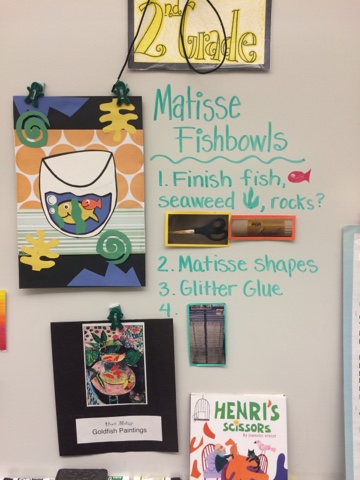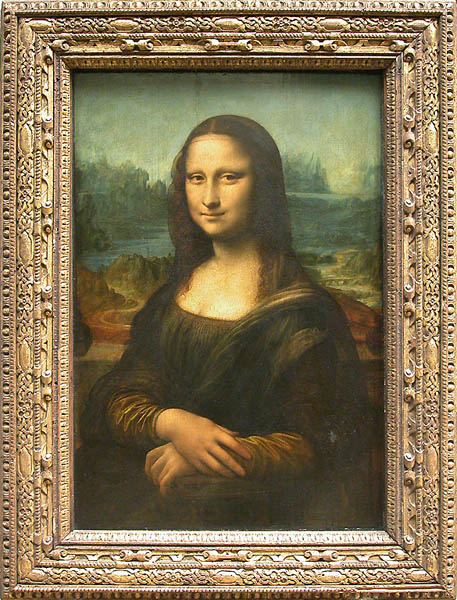
First Grade artists are studying the life and work of Pablo Picasso.
1st grade artists learned about the art of Pablo Picasso. We read a book about him saw how his art changed from realistic to abstract. When he was a child, we was incredibly talented and painted very realistically. His life took many turns and he went through a Rose Period in his art, a Blue Period, and a Cubistic Period. Ask you students what his work looked like in these periods and why he developed each one! :)
One day one, we used shapes to draw some side view facial features, and some front view features just like Picasso did. Then we reviewed warm and cool colors by painting one half warm and the other cool.
On day 2, we learned a song called the "Picasso Polka" from the CD "Songs in the Key of Art." We had a lot of fun singing it while we worked as well!
On day three, we used a Venn Diagram to review the warm and cool colors and had students come up and place miniature artworks in the diagram depending on their color schemes.
For the backs of our artworks, we wrote out our learning goals on a sheet that had some Picasso art. Kids could even decorate the art if they wanted to:
On the final day, after singing the Picasso Polka, we used Mr. Potato Heads to create collaborative "Mr Picasso Heads!" They are heads with the parts all mixed up in a way that Picasso might have created them. Students had to work as a table group (of about 4-5 kids) to create their head as well as give him/her a silly name!
Learning Goals:
I can talk about the life and art of Pablo Picasso.
I can recognize his Blue Period, Rose Period and Cubist Periods.
I can distinguish between a side view portrait and a front view portrait.
I can use warm and cool colors.
I can create texture with a texture plate.


















































